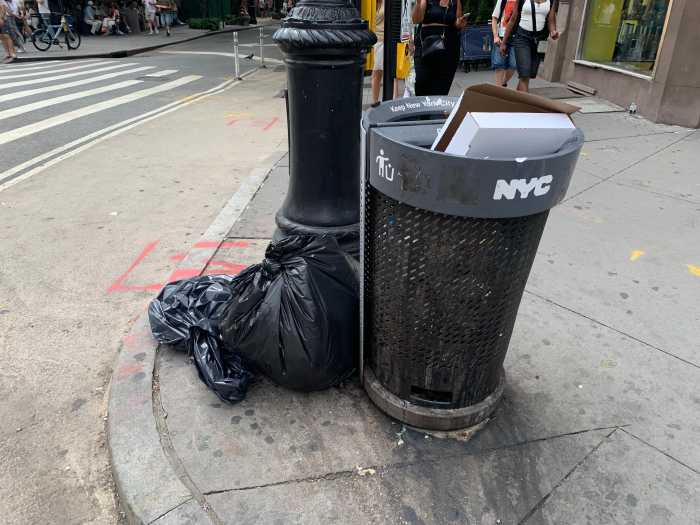
The Wild West on bicycles.
That’s what detractors, including competitors and safety advocates, fear will happen if bike-sharing in NYC is opened up beyond the iconic blue Citi Bike. They imagine piles of bicycles in one corner of the city, and none in another. They worry about unsafe or poorly maintained bikes filling the streets.
But for a city whose transportation system is stressed and in need of an overhaul, new ideas must be considered.
Enter dockless bike-sharing. The technology seems simple: Using a smartphone app, users find, unlock and lock the bicycles, which are equipped with GPS technology, and then leave them at designated locations. Depending on the city’s rules, that could mean bike racks and labeled parking areas or even spots along any sidewalk curb, where people would leave furniture or recycling. The idea eliminates bulky, expensive docking stations, reaches underserved or unserved areas, and gives riders the freedom to pick up and drop off bicycles wherever they want.
The concept is intriguing and cost-effective. And competition breeds better pricing, service and a free market that finds the best solutions. City officials should develop a pilot program to bring dockless bicycles to unserved neighborhoods. If it works, NYC can develop a competitive bike-sharing environment that could include companies like Spin, which recently tried to demonstrate its dockless bicycles in the Rockaways, only to be stopped by city officials. Spin CEO Derrick Ko said the company hopes to come to an agreement with NYC. City officials also should address the future of Citi Bike, which has offered to expand citywide if given exclusivity and financial benefits.
A broader bike-sharing market with more options and new technology could benefit all. But city officials have to develop guidelines and regulations to manage the burgeoning industry, and should find ways to integrate different companies into a seamless system or at least to allow them to coexist. Bike-sharing is a critical component of NYC public transportation and efforts to reduce its carbon footprint. By welcoming the best of bike-sharing options, NYC can create a smooth ride on the right path.




































